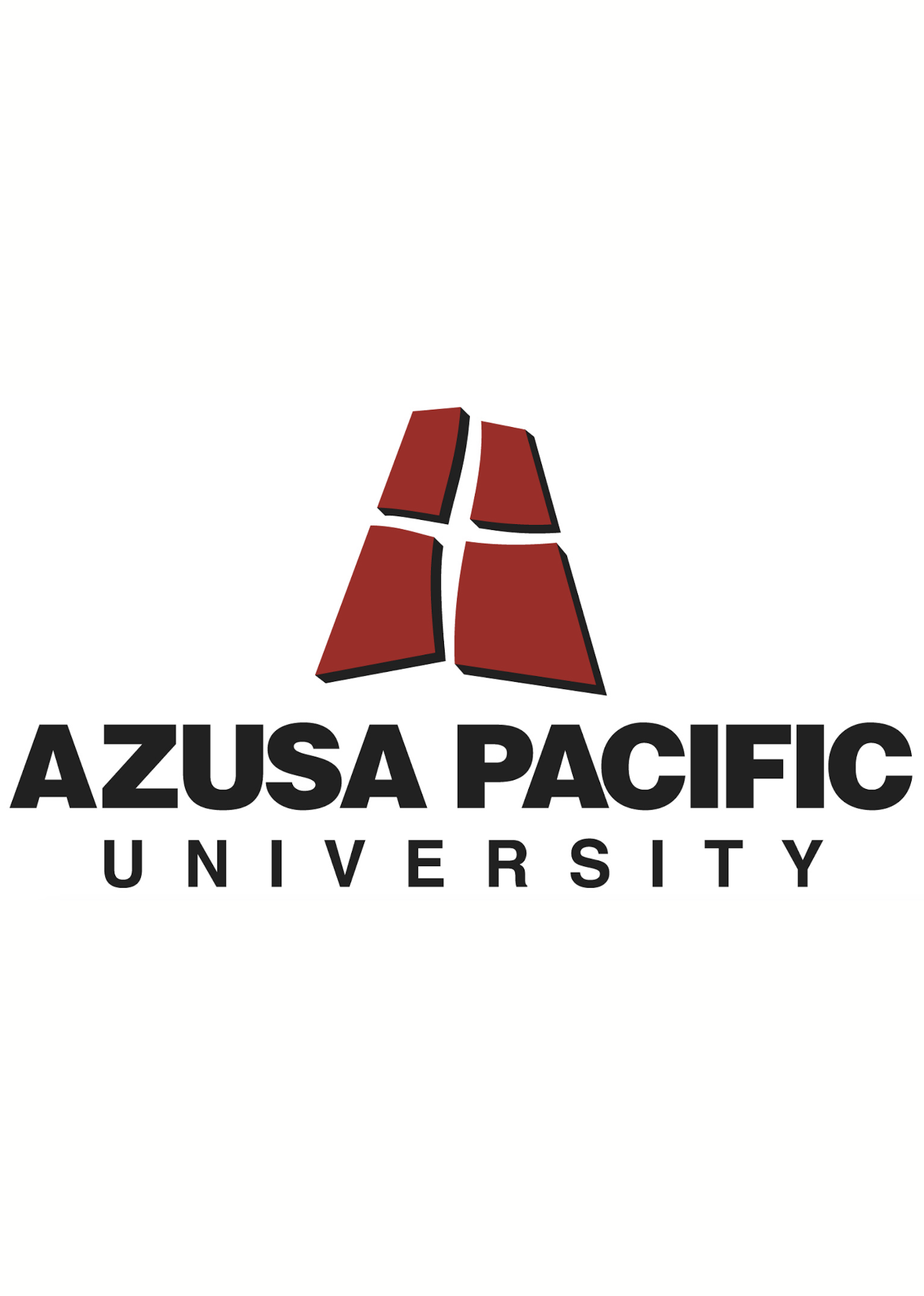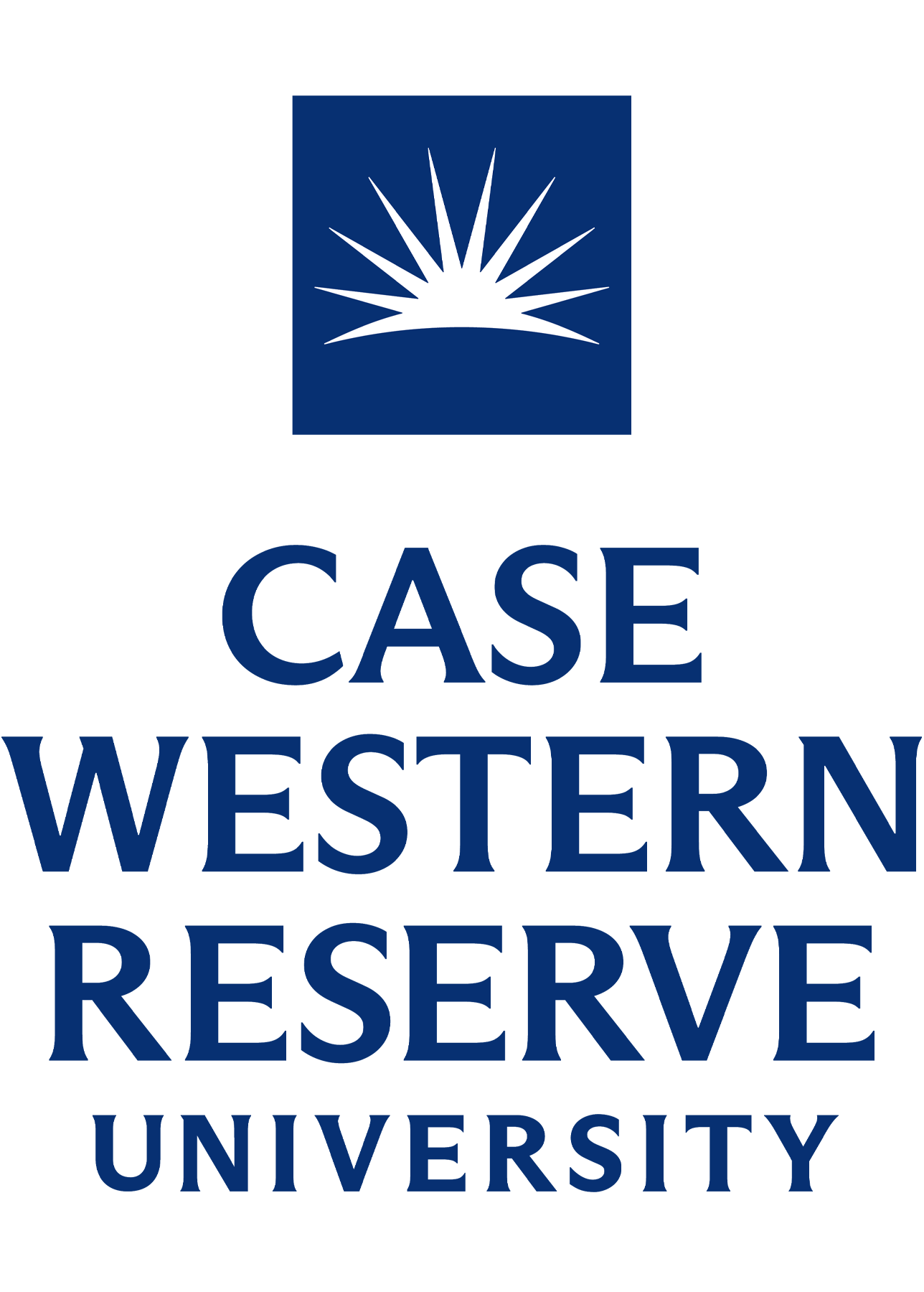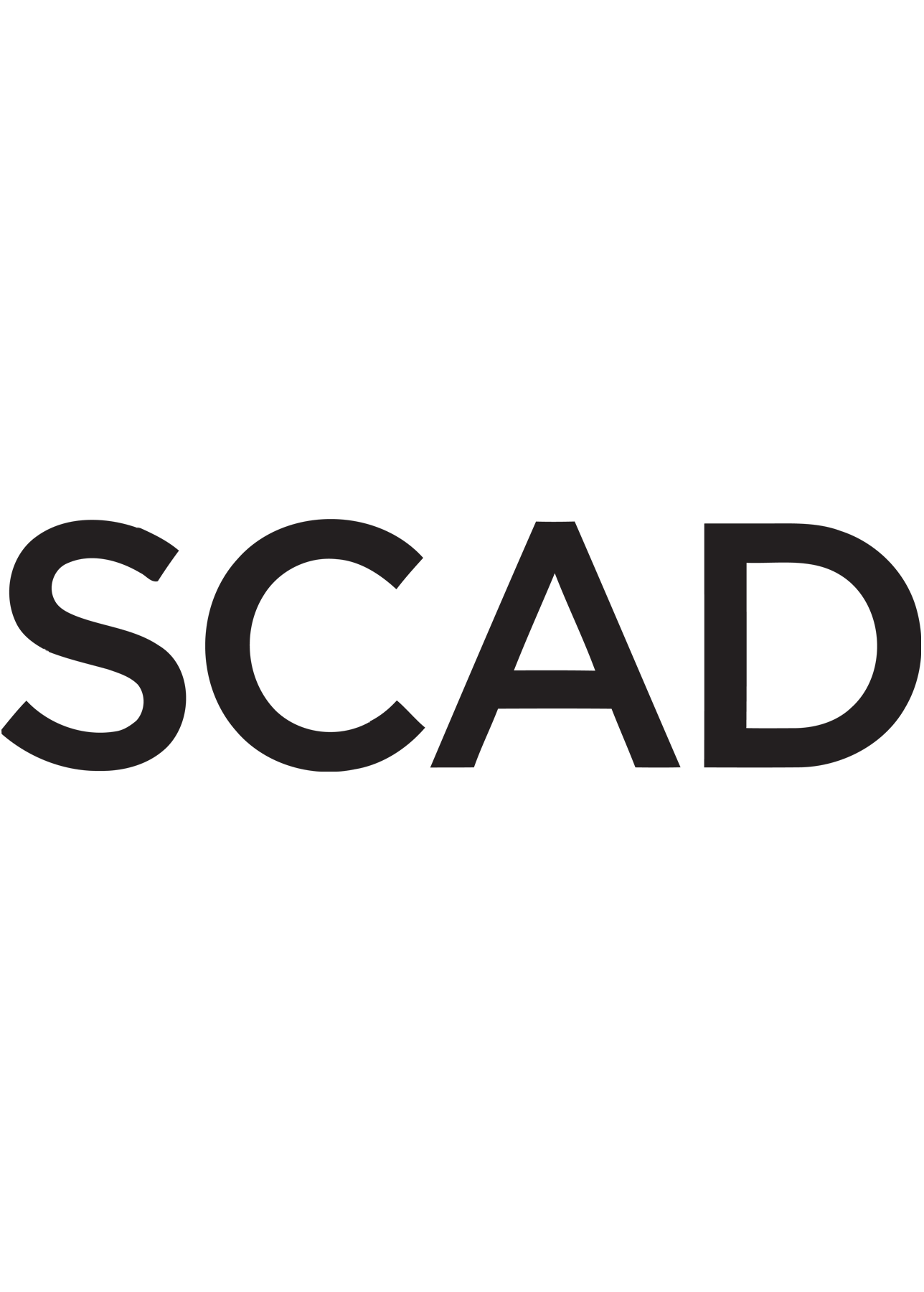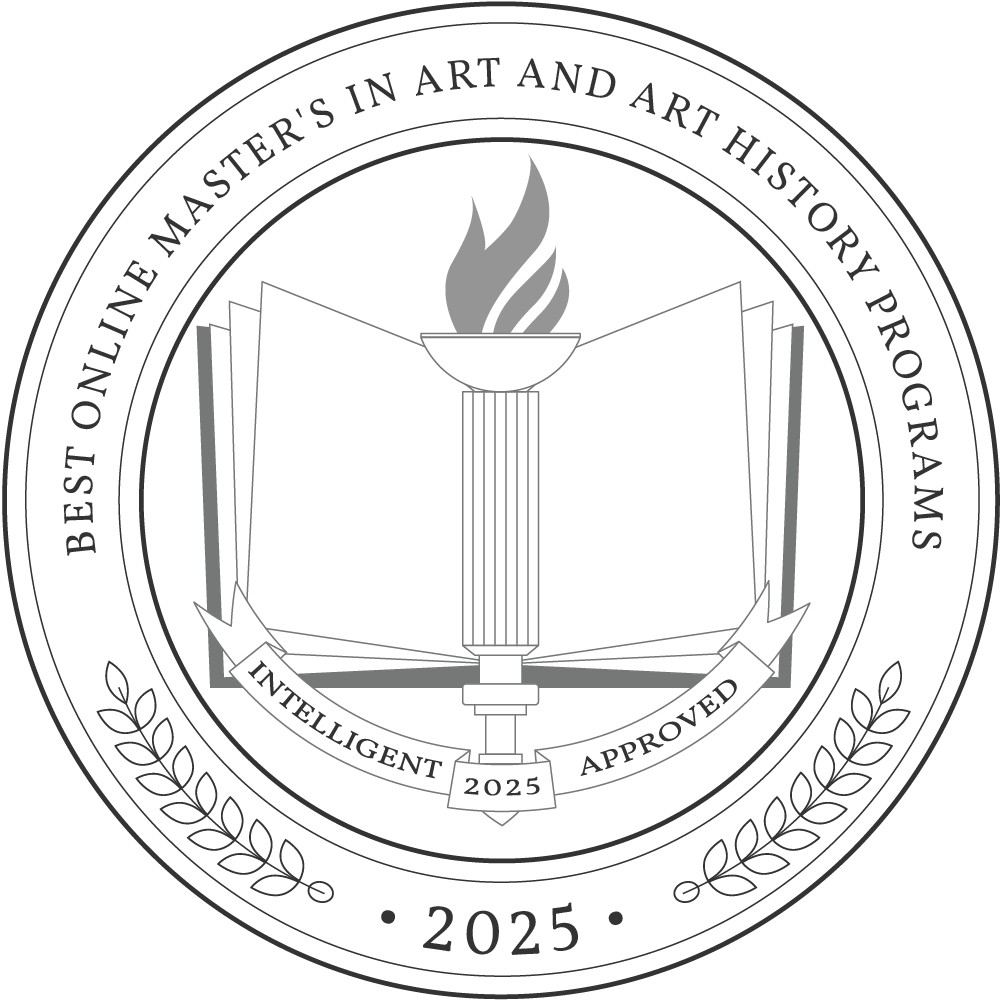Students who complete a master’s degree in art and art history program are prepared to pursue careers as teachers, museum curators, authenticators, or conservators.
According to the Bureau of Labor Statistics, the average annual salary for archivists, curators, and museum workers is $57,120, while high school teachers make $65,220. The average cost of graduate school tuition is $20,513 per year, and it generally takes two years of full-time study to earn this degree.
We spoke with Blanca Villagomez, a program counselor and coordinator at UC-Irvine, to gain her insights on what students should consider when selecting an online master’s degree program.
Why Trust Us
The Intelligent.com Higher Education Team is dedicated to providing students with independent, equitable school and program rankings and well-researched resources. Our expert-driven articles cover topics related to online colleges and programs, paying for school, and career outlooks. We use data from the U.S. Department of Education’s College Scorecard, the National Center for Education Statistics, and other reputable educational and professional organizations. Our academic advisory team reviews content and verifies accuracy throughout the year for the most current information. Partnerships do not influence rankings or editorial decisions.
- Analyzed over 2,000 national, accredited, and nonprofit colleges and universities
- 800+ rankings pages are reviewed and updated yearly
- Content is informed by reputable sources, surveys, and interviews with academic advisors and other experts
- Over 100 data points are reviewed for accuracy and quality throughout the year, including sources
How we rank schools
Our list features the best online Master’s in Art and Art History degree programs at top colleges nationwide. Each school featured is a nonprofit, accredited institution — either public or private — with a high standard of academic quality for post-secondary institutions.
We evaluated each school’s program on tuition costs, admission, retention and graduation rates, faculty, reputation, and the student resources provided for online students. We collected data from trusted sources like the National Center for Education Statistics, individual school and program websites, school admissions counselors, and other data sources. Then, we calculated the Intelligent Score on a scale of 0 to 100 based on the following criterion:
Academic Quality:
- Admission rate versus enrollment rate
- Retention rate of students who return after year one
- Accreditation status (regional and programmatic)
- Nonprofit status, both private and public institutions
Graduation Rate
- Overall graduation rate
- Total number of currently enrolled students, including diversity metrics
- Student-to-faculty ratio
Cost and ROI
- In-state and out-of-state per-credit tuition rates and fees
- Required credits to graduate
- Earning potential after graduation
- Availability of federal student loans, scholarships, and other financial aid options
Student Resources
- Available student services for online-only and hybrid programs
- On-campus amenities like tutoring centers and the number of libraries
Read more about our ranking methodology.
Best 5 Accredited Online Master’s in Art and Art History Programs
FiltersInstitution Type
Status
- Intelligent Score
- Alphabetically By University Name
- Acceptance Rate
- Enrollment
- In-state Graduate Tuition
- Out-of-state Graduate Tuition
- In-state Undergraduate Tuition
- Out-of-state Undergraduate Tuition

Azusa Pacific University
Intelligent Score: 98.06In-state: $40,830
Out-of-state: $40,830
In-state: $16,571
Out-of-state: $16,571
SAT: N/A
ACT: N/A
$663
Online
WASC Senior College and University Commission
36

Lindenwood University
Intelligent Score: 95.73In-state: $18,000
Out-of-state: $18,000
In-state: $9,450
Out-of-state: $9,450
SAT: 990-1180
ACT: 19-25
$551
Online, On-Campus
Higher Learning Commission
30

Case Western Reserve University
Intelligent Score: 92.08In-state: $52,448
Out-of-state: $52,448
In-state: $47,920
Out-of-state: $47,920
SAT: 1340-1520
ACT: 31-34
$2,248
Online
Higher Learning Commission
31

Savannah College of Art and Design
Intelligent Score: 91.32In-state: $37,575
Out-of-state: $37,575
In-state: $38,475
Out-of-state: $38,475
SAT: N/A
ACT: N/A
$936
Online
Southern Association of Colleges and Schools Commission on Colleges
45

University of Florida
Intelligent Score: 90.02In-state: $4,477
Out-of-state: $25,694
In-state: $10,770
Out-of-state: $10,770
SAT: 1290-1460
ACT: 29-33
In-State: $448
Out-of-State: $690
Online
Southern Association of Colleges and Schools Commission on Colleges
36
How to Choose an Online Master’s in Art and Art History Program
Choose your area of study
This degree is typically offered as a Master of Arts (MA). Consider your desired career path and why you want to earn this degree. Depending on whether you plan to become a teacher or professor, curator, art director, conservator, or fine artist, you’ll want to look for specializations that will best help you prepare for the specific field in which you’d like to work.
“A college education requires an investment of time, money, and energy, so it’s important for students to reflect on their motivations for pursuing a master’s degree,” says Villagomez. “I encourage students to start by reflecting on their academic interests, career goals, and the types of learning environments they thrive in to identify the best programs for them.”
Some programs may offer concentrations in museum studies and curating, while others target education, conservation, or specific business courses to help you with gallery management. Also, you’ll want to look at the university’s internship options.
Research schools and programs
You should only apply to institutions that have been approved by a DOE-recognized regional accrediting organization, such as the New England Commission of Higher Education or Northwest Commission on Colleges and Universities. These organizations evaluate schools to ensure they provide students with a high-quality education. Those who attend a school that isn’t regionally accredited may be unable to access financial aid or transfer credits to another institution if needed.
Ideally, your master’s in art and art history program will also be accredited by a respected industry group like the National Association of Schools of Art and Design (NASAD). This programmatic accrediting organization has particularly high standards for art education.
Aside from academic considerations, there are also other important factors to consider:
- What is the cost of the program? You should know how much you are willing to spend on your education, so before you get too far into your research, check the cost of each program. Some programs can be ruled out immediately, so you can focus on the ones that make sense financially.
- Where is the school located? If you want to study online, it may seem that the school’s location isn’t important. However, some programs may be offered in a hybrid format that requires you to take some classes on campus. Not only that, but there may also be orientations, special events, career days, or meet-and-greets held at the university that you’d like to attend. Because of these kinds of offerings, your proximity to the school may be a factor in your decision.
To learn more about any schools that you’re interested in, you can visit the school’s website, contact an admissions counselor, follow the school on social media, or attend an in-person or virtual open house.
Prepare for tests and applications
Entrance exams aren’t generally needed for this degree, but admissions requirements vary depending on the institution and program. Some have rolling admissions, while others set a specific date when all materials need to be submitted. Some universities offer several start dates throughout the year, while others require that you begin at the same time as on-campus students. Check these deadlines and any GPA requirements, and remember to get a copy of your transcripts. You may also be required to submit letters of recommendation and a personal statement.
“With all these requirements, students need to stay organized with a comprehensive and detailed checklist to track their progress, submit all required materials, and meet deadlines,” Villagomez says. “I encourage students to decide what systems help them organize the application requirements and track their progress for each school.”
Before submitting an application, always contact an admissions counselor to ensure you have the most accurate information regarding requirements and deadlines.
Select your program
Once you’ve gathered all your information, the next step is to select your program. Remember, no program is going to be perfect in every way. You can narrow your list down by deciding your priorities and establishing where you’re willing to compromise and where you’re not. Carefully weigh all the pros and cons and determine which programs suit you best. Don’t limit yourself to just one; apply to several and make a list in order of preference.
Before making your final decision, review your needs and goals again. Do you plan to attend school full-time or part-time? Do you want your program to be as online as possible, or are you fine with a hybrid program that has a fair amount of in-person requirements? Some programs offer asynchronous courses, which can be completed at your own pace, while others only offer synchronous courses, which involve remotely attending lectures and completing assignments at the same time as other students — which of these two online learning formats do you prefer?
“Online programs generally offer a combination of asynchronous and synchronous modalities, so expectations and pacing can vary greatly across courses,” says Villagomez. “The course syllabus is a great way to understand class expectations, how to access the professor’s office hours, and key assignment deadlines.” Your school should accommodate your scheduling needs and learning preferences.
Determine how you’ll pay for your degree
Fill out the Free Application for Federal Student Aid (FAFSA) each academic year to determine your eligibility for federal grants and loans. Check to see if the school or other institutions offer scholarships. If your schedule allows time for it, working a part-time job could also help cover the costs of your degree. Those who already work in the field should see if their employer offers tuition assistance benefits as well.
Be sure to speak to financial aid counselors at the schools you’re interested in for the most accurate and specific information about program cost.
What Can You Expect from an Online Master’s in Art and Art History Program?
When taking a degree program online, course material is delivered via an online learning platform such as Blackboard, Canvas, or Moodle. Each student has a portal to get and submit assignments, access university resources, view course materials, and communicate with other students and instructors via chats and message boards.
A master’s program in art and art history provides students with a broad historical and theoretical understanding of the visual arts. It helps them develop critical thinking, research, and writing skills. The degree generally takes two years, but some schools offer accelerated options. Many programs can be completed entirely online, with no requirement to attend on-campus classes or lectures.
Potential courses you’ll take in an online program to earn your master’s degree in art and art history
- Visual art and technology. Students learn about how technology has played a role in developing the visual arts. Starting from the Industrial Revolution and through the Gilded Age, two world wars, the Cold War, and the Digital Age, art and technology have been inextricably tied to one another and have evolved side by side.
- Approaches to art history. Art historians differ in how art history should be analyzed, and this course presents different methods, models, and perspectives. Students learn how to understand and analyze art throughout history, from movements, institutions, and audiences to artists and art objects.
- Religious art. Much of the art produced throughout history has been directly or indirectly influenced by religion, and students learn what a powerful force this has been in shaping both artistic styles and subjects over the centuries.
- Focus on various places and time periods. A master’s degree in art and art history has courses dedicated to studying art from multiple locations, such as Italy, Africa, the Americas, Japan, China, India, and other countries. Other courses focus on different periods, from ancient Egypt to the Middle Ages and the Renaissance.
What Can You Do With an Online Master’s in Art and Art History?
Career outlook
Professionals with a master’s in art and art history can find employment in various industries that value creativity, cultural understanding, and visual communication. Potential work settings include museums and galleries, academia, publishing and media, cultural heritage preservation, art appraisal, art therapy, arts administration, advertising and marketing, and even entrepreneurship. The versatility of this degree allows individuals to explore careers as curators, art historians, educators, writers, conservators, consultants, therapists, administrators, graphic designers, and more.
Here are some common options for those with this academic credential:
- Archivist, curator, or museum worker — Archivists authenticate and preserve historical documents and objects, while curators and museum workers acquire, maintain, and prepare items for collections and exhibits.
- Median annual salary: $57,120
- Projected employment growth (through 2032): 10%
- New job openings projected: 5,000 annually
- High school teacher — Teach students the knowledge and skills they will need to go to college or enter the job market.
- Median annual salary: $65,220
- Projected employment growth (through 2032): 1%
- New job openings projected: 67,100 annually
- Historian — Research, analyze, and write about historical figures, events, and movements.
- Median annual salary: $72,890
- Projected employment growth (through 2032): 3%
- New job openings projected: 300 annually
Online Master’s Degree in Art and Art History Frequently Asked Questions
How do I apply to an online program for a master’s degree in art and art history?
Most programs require a bachelor’s degree in a related field, such as art, art history, visual arts, or design. Applicants with a bachelor’s degree in a non-related area may be accepted if they have prior work experience in a related field. For some master’s programs, such professional experience may even be a requirement.
There is usually a minimum GPA for applicants, generally around 3.0. Transcripts will likely be required. However, there are often provisions for admitting applicants whose GPA is below the stated requirement. Of course, applicants should always speak with an admissions counselor before applying.
How much does an online master’s degree in art and art history cost?
On average, graduate school tuition costs $20,513 per year. Private schools tend to be more expensive than public schools, and public schools usually charge a higher tuition rate to out-of-state students than in-state students.
How long does it take to earn an online master’s degree in art and art history?
Most full-time students are able to earn this degree within two years. Some universities even offer accelerated programs that can be completed in just one year.
Many universities offer both full- and part-time study options, which will also affect the time it takes to earn the degree. The number of credit hours required varies from 30 to 38.
Is an online master’s in art and art history worth it?
While there are numerous benefits to earning this degree, it’s important to consider your specific career goals and whether an online master’s in art and art history aligns with them. Additionally, research various programs to find one that suits your needs and interests, as program offerings vary widely.
This degree will deepen your understanding of art, art history, and related disciplines. You will gain in-depth knowledge of various art movements, artists, and their cultural contexts, making you an expert in your chosen field. A master’s degree can open doors to higher-paying and more prestigious positions in museums, galleries, academia, and cultural institutions.
Online programs connect you with a diverse group of peers and faculty members, allowing you to build a valuable professional network in the art world. These programs offer flexibility for working professionals or those with other commitments. You can earn your degree while maintaining your current job or addressing personal responsibilities.
Compare School Options
Related Degrees
- Sociology
- Anthropology
- Philosophy
- Communications
- English Language Learning
- Environmental Science
- Journalism
- Liberal Arts
- Writing
- Environmental Management


